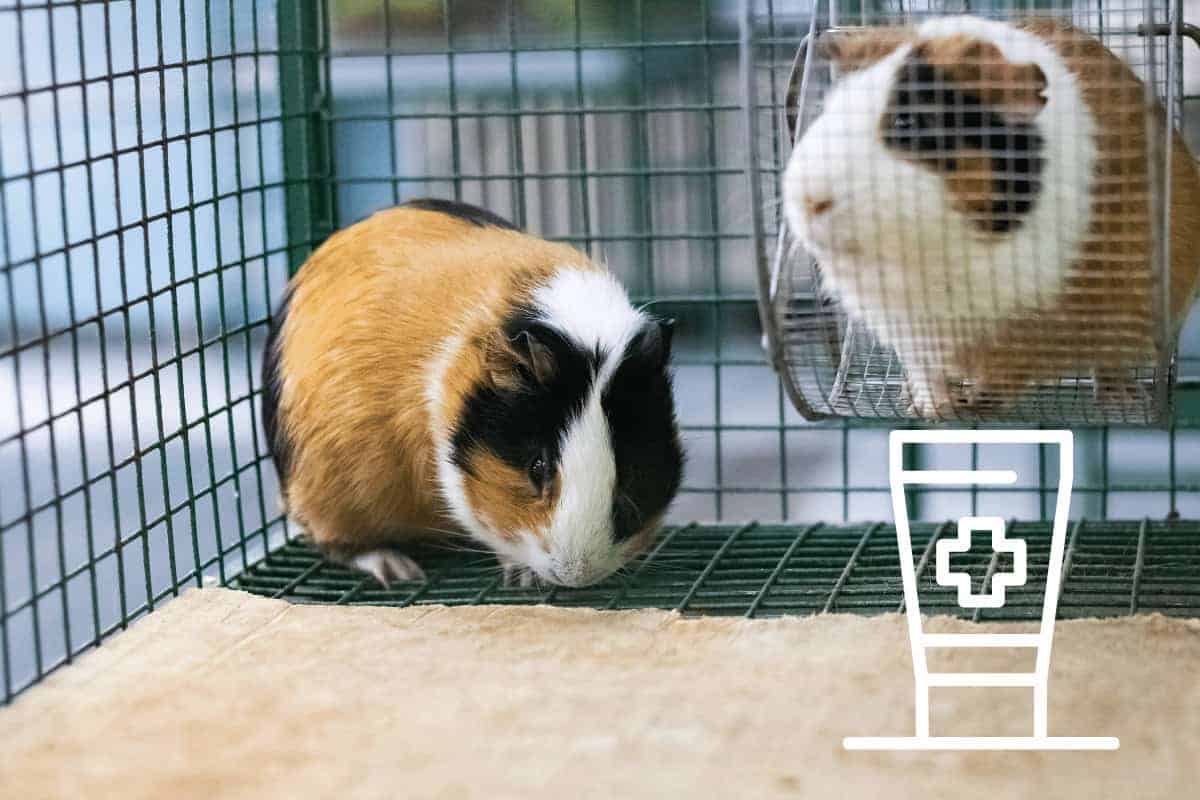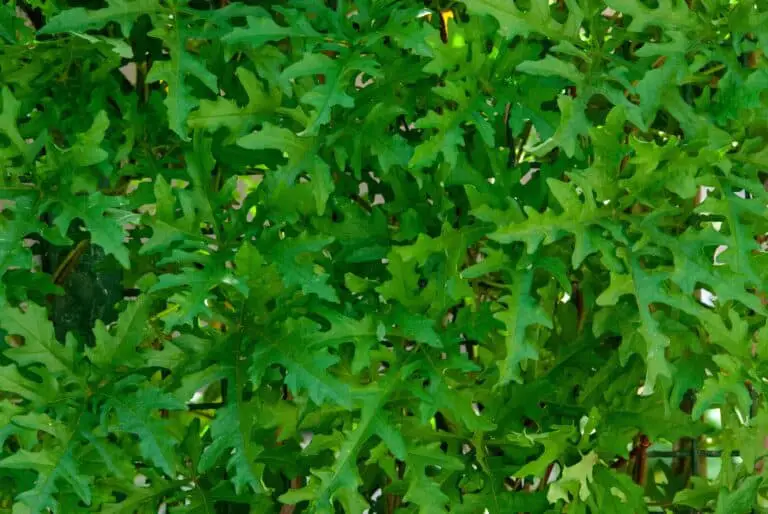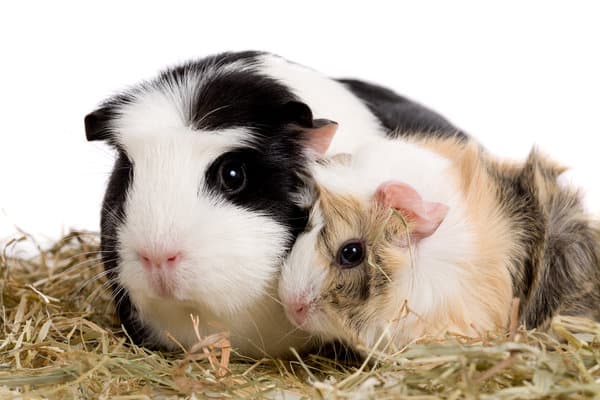Can you apply neosporin on guinea pig wounds?
A guinea pig is a small, furry mammal often kept as a beloved household pet. Guinea pigs are known for their happy nature and can be a great addition to any family.
However, these cute pets could sometimes get hurt either by hurting themselves while playing or if they get into a fight with other guinea pigs. It is essential to seek veterinary guidance or take quick steps to ensure the wounds are treated properly and avoid risking possible infections.
What is a guinea pig?
Guinea pigs are is part of the rodent family that are kept as pets. These pets are lively and social, and make great companions for both adults and children. Guinea pigs are also great because they can adjust well in small spaces, allow their owners to cuddle and pet them, and are low-maintenance pets.
Some common ways guinea pigs may get hurt are through falls, bites, scrapes, or other accidents. In all cases, it’s important to be attentive to their injuries and treat them appropriately to prevent further health complications.
What is Neosporin?
Neosporin is a popular antibiotic ointment that is used to prevent or treat infections in cuts, burns, and other wounds. It is an over-the-counter medication that is readily available at most drug stores. It contains three active ingredients; Bacitracin, Neomycin, and Polymyxin B. These three ingredients when combined together make Neosporin more effective in fighting off infections than other topical lotions of its kind.
Can you apply neosporin on a guinea pig wound?
Not all treatments that are safe for humans are safe for pets. Applying Neosporin directly on a guinea pig wound, especially in large amounts, can lead them to ingest the medication accidentally while cleaning themselves, which can be toxic to them.
It is highly recommended that you seek medical attention from a qualified veterinarian or vet immediately if your guinea pig has an injury. They are responsible for administering the appropriate treatment, which often includes the right topical ointment to apply, changing their diet and prescribing the correct antibiotics for any potential infections.
Even if you have a neosporin first aid kit in your house, it should never be used on your pet guinea pig without veterinarian consultation. If a veterinarian has prescribed the use of an antibacterial cream, it should be designed for pet use specifically and administered directly by the pet owners or vet.
While using neosporin on a guinea pig wound is not recommended, there are alternative treatments that can be safely used to manage guinea pig wounds. Betadine-based antiseptics, for instance, can be an effective alternative. It’s important to note that these alternatives should be used only under veterinary guidance and perfect knowledge.
How to use neosporin on guinea pigs?
If neosporin application is noted as safe for guinea pigs in its appropriate medical context, when using it, it’s important only to apply a small amount directly to the wound. You should never apply it on any part of your pet guinea pig that it may lick such as the face to avoid it ingesting the medication unwillingly. Additionally, if a bandage is required on the wound, make sure it is light and comfortable, and one that will not restrict the blood flow of your pet. It’s advised to change the bandage frequently to maintain hygiene around the wound site and to prevent infections.
In conclusion, seeking proper veterinarian consultation on wound management in guinea pigs is critical. While using neosporin or other antibiotics can help manage the wound, your pet guinea pig’s health and safety should be the top priority. Using any medication, particularly those for humans, without veterinary guidance, can be toxic or harmful, causing more harm than good.






